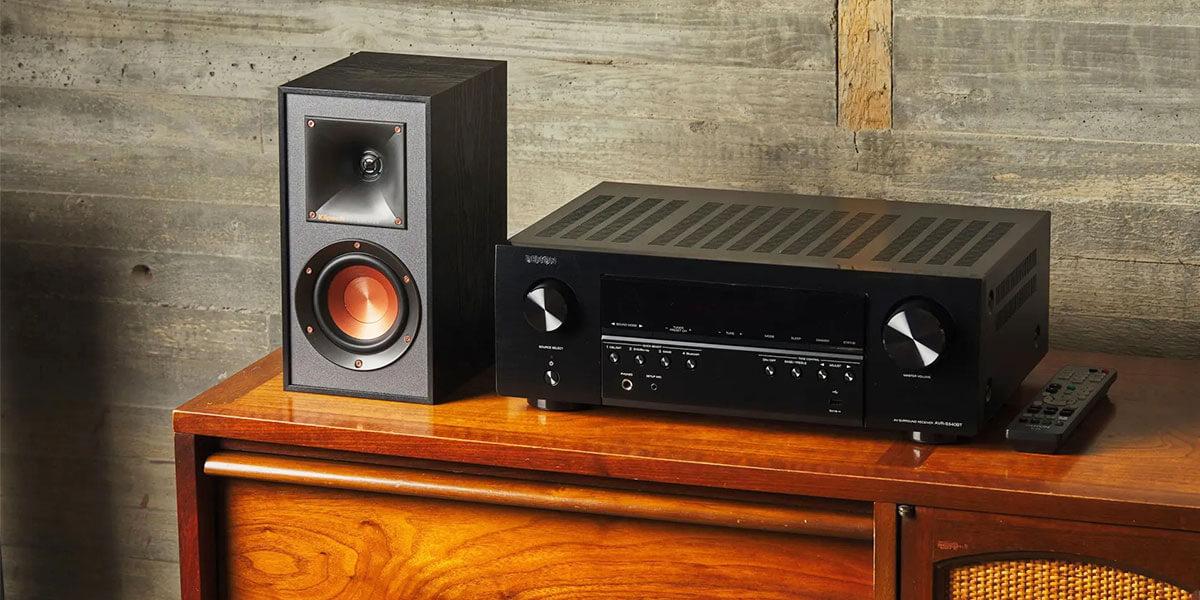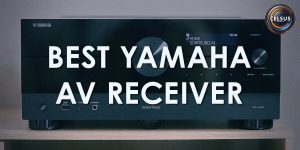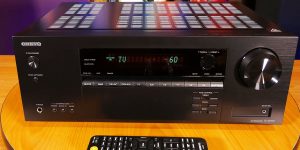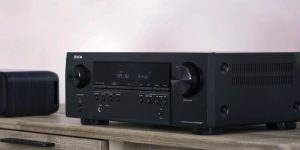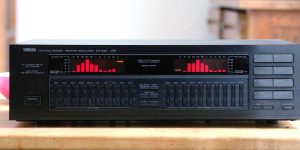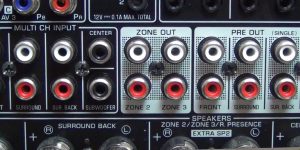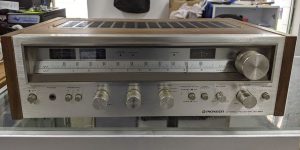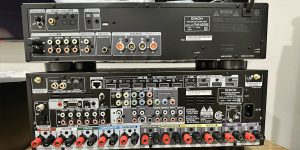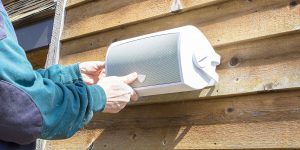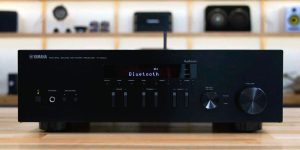Modern technologies continue to be actively introduced into our daily lives; therefore, more and more household appliances appear in our homes. Not surprisingly, getting rid of wires is one of the main objectives of interior convenience and beauty. Consequently, wireless technology is also becoming increasingly popular amidst the rise of streaming services with tons of digital content. Therefore, I will explore options to connect wireless speakers to the receiver at home in this article. That is, this article will be useful for those who are building a home theater or stereo system.
Understanding wireless speaker technologies and preparing for connection
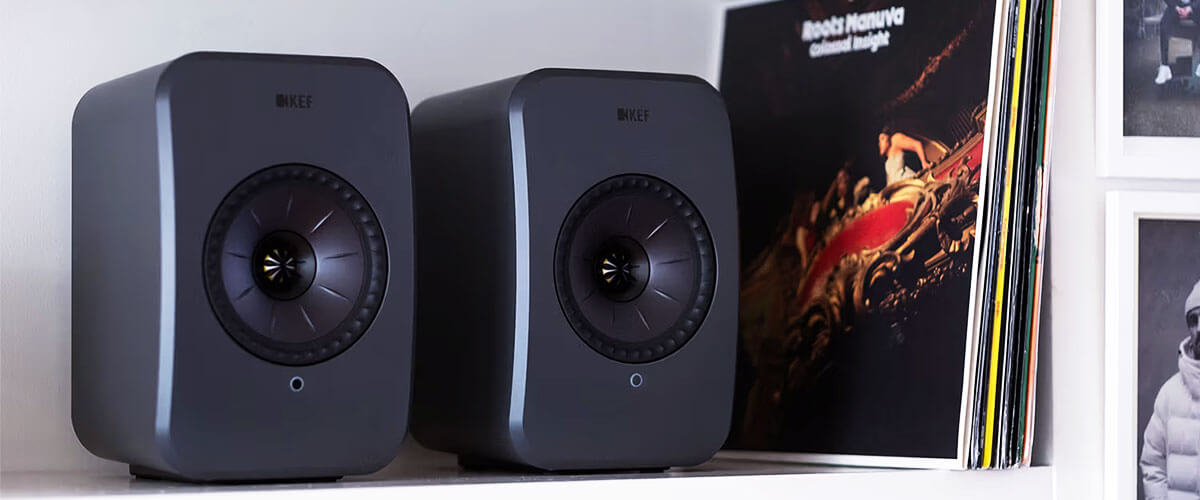
An overview of the main wireless technologies (Bluetooth, Wi-Fi, RF) used in wireless speakers.
When it comes to wireless speakers, several technologies are commonly used, each with their advantages and applications:
- Bluetooth has the widest application, as it is the easiest, fastest way to connect and is suitable for most devices. However, this connection of the receiver to wireless speakers is also the most unreliable. The signal is limited to a radius of about 30 feet, the data is subject to maximum compression (which means you hear the worst possible performance), and it can only be used in one room. Also, the signal quality level depends on the Bluetooth version. Modern versions are more adaptive and hold the signal better, so try to check at the purchase stage whether this technology in the receiver supports aptX codecs and others.
- Wi-Fi provides a reliable wireless connection with greater range and bandwidth than Bluetooth. It is suitable for long-distance high-quality audio transmission and supports multi-room audio systems. It is also compatible with a wide range of devices. However, the installation, setup, and infrastructure requirements of a Wi-Fi network are much more complex than Bluetooth pairing. However, with this wireless technology, you will be able to connect AirPlay or Chromecast built into your receiver, increasing both the quality and range of your experience.
- RF (radio frequency) uses radio frequencies to transmit audio signals wirelessly. It is known for its strong coverage and reliability (less interference-resistant). It is suitable for applications where you must communicate within line of sight or over long distances (coverage is greater than Wi-Fi). The disadvantages include purchasing special RF transmitters and receivers, which complicates setup. Logically, if other RF devices are within range, you will experience interference.
Compatibility check
Before you connect your wireless speakers to your AV receiver, you must ensure that your speakers and receiver are compatible. Check compatibility between wireless technologies, audio formats, and supported protocols to ensure seamless integration.
Connection protocols
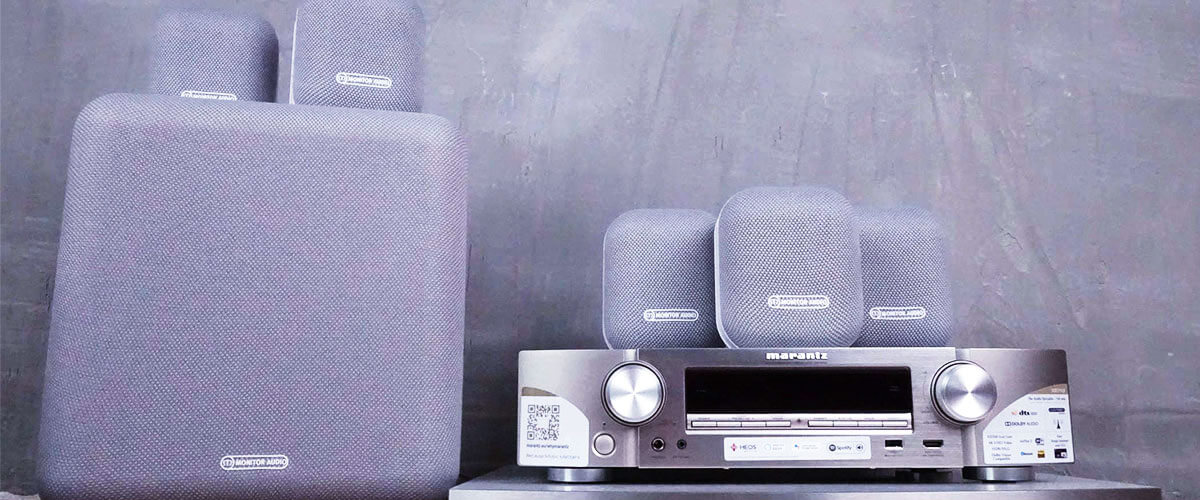
When connecting speakers wirelessly to the receiver, it is important to understand the different connection protocols, as they can significantly impact the setup process and overall sound quality. Here, I will briefly introduce you to three common protocols: AirPlay, DLNA, and native protocol. Hopefully, this can help you decide based on your needs and equipment compatibility.
- AirPlay is a proprietary protocol developed by Apple Inc. It allows wireless audio, video, and photo streaming between Apple devices, including iPhones, iPads, Mac computers, and compatible audio equipment. Along with the advantages of seamless integration with Apple devices, support for high-quality audio streaming, including lossless audio formats such as FLAC and ALAC, and the ability to play audio in multiple rooms (through multiple AirPlay-compatible speakers or receivers), this protocol cannot provide you with good quality without an active Wi-Fi network and does not work with all devices.
- DLNA (Digital Living Network Alliance) allows you to stream audio, video, and photos between DLNA-certified devices such as smartphones, tablets, computers, and AV receivers. However, this protocol is a bit more complicated, has limited support for advanced features (multi-room audio synchronization), and is less reliable than AirPlay regarding signal quality.
- Proprietary protocols. Some manufacturers develop proprietary wireless protocols for their audio devices, offering unique features and capabilities tailored to their ecosystem. Examples include Sonos’ proprietary wireless technology, Yamaha’s MusicCast, and Denon’s HEOS platform. If the devices are compatible, the signal is good, and all the necessary elements are in place (Sonos requires the purchase of a special adapter). This protocol will provide you with top-quality multi-room audio.
Connecting wireless speakers to AV receivers
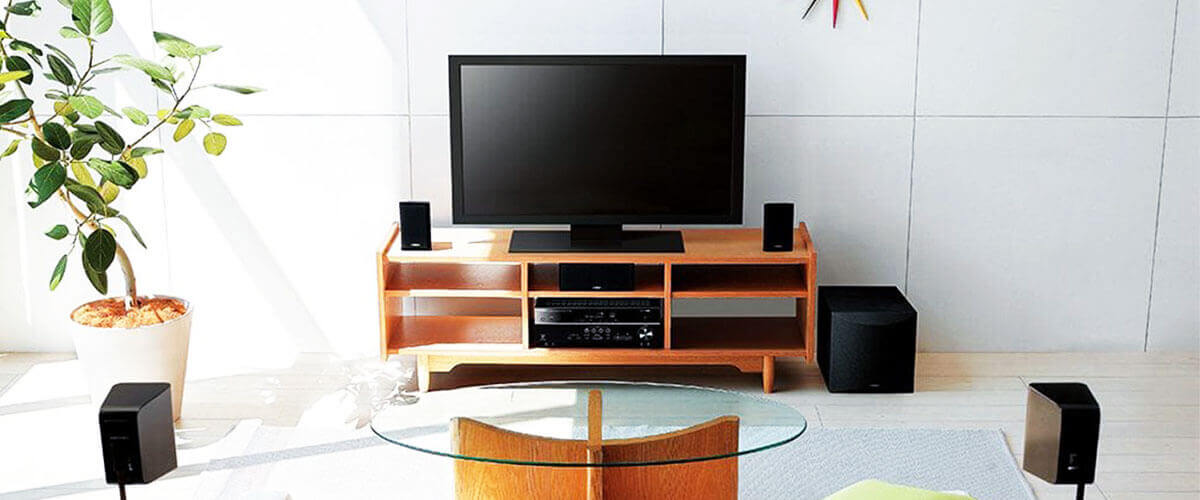
Whether your receiver has built-in wireless capabilities or requires external adapters, the connection process will take little effort or time.
Built-in wireless capabilities
If your AV receiver has built-in wireless capabilities, consider yourself lucky: the setup process is often very simple. Here’s a step-by-step guide to help you through the process with ease:
- Before you start, consult the manufacturer’s manual or the documentation that came with your AV receiver. You’ll be surprised, but here you’ll find specific instructions for your device (sarcasm, but I know from myself how rarely we actually use manuals).
- Turn on your AV receiver and navigate to the settings menu using the remote control or the front panel interface. Find the options related to wireless connectivity or speaker setup.
- Start the wireless speaker pairing process in the receiver’s settings menu. This typically involves activating the receiver’s Bluetooth or Wi-Fi function and searching for available devices.
- Once the receiver has detected the wireless speakers, follow the on-screen prompts to pair them and configure them accordingly. Make sure each speaker is recognized by the receiver and assigned to the correct audio channels.
Using external adapters
For cases where the system’s central component does not have built-in wireless capabilities, external adapters come to the rescue – a handy solution for connecting wireless speakers to an old receiver. Here’s how to proceed:
- Select an external adapter or accessory compatible with your AV receiver and the desired wireless technology (Wi-Fi or Bluetooth).
- Follow the manufacturer’s instructions for installing the external adapter on your AV receiver. This usually involves plugging the adapter into an available port on your receiver and turning on the power.
- Once the adapter is installed, go to the AV receiver’s settings menu and open the wireless options. Following the prompts, pair and configure the wireless speakers connected via the external adapter.
Depending on the adapter selected, you may encounter some difficulties, such as the additional cost of purchasing an external adapter and possible compatibility issues or limitations.
Audio settings and channel setup
Once your wireless speakers have been successfully connected to your AV receiver, you have to fine-tune the audio and channel settings to achieve optimal sound. Here’s how to make sure everything is set up correctly:
- Go to the audio settings menu on your AV receiver and adjust settings such as speaker size, crossover frequency, and equalization settings to suit your setup and preferences.
- Ensure each wireless speaker is correctly assigned to the appropriate audio channels in the receiver’s configuration menu. This ensures audio signals are routed to the correct speakers to create a surround sound experience.
- If available, consider performing automatic calibration to optimize sound quality for your room acoustics. You can use the built-in calibration tool or an external microphone to analyze the speaker placement and adjust the sound settings accordingly.
Connecting wireless speakers to stereo receivers
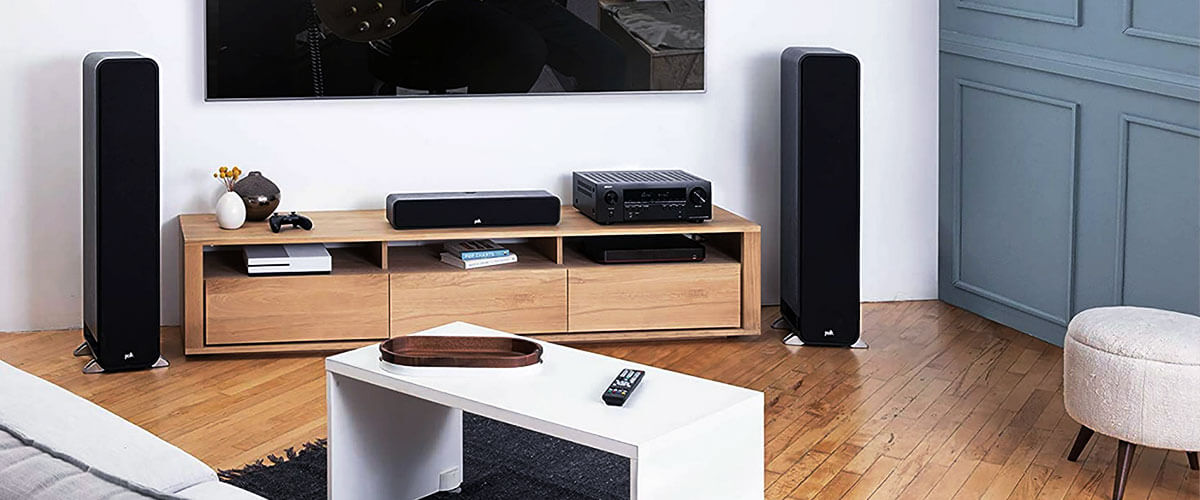
Understanding the difference
Stereo receivers may have different features and connectivity options compared to AV receivers. You need to clearly understand the specific features of your stereo receiver, including I/O ports and supported wireless technologies.
Connection methods
You may need more external adapters or stereo-specific wireless kits when connecting wireless speakers to stereo receivers. Choose adapters compatible with your receiver and follow the included setup instructions.
Optimizing audio performance
Consider factors such as speaker placement, room acoustics, and sound calibration to get the best sound quality from your stereo receiver and wireless speakers. Experiment with different settings and configurations to find the optimal setup for your listening environment. Spend the time; it will pay off later.
Conclusion
Overall, we can conclude that picking up newer wireless speakers with advanced technology is advisable. You should know for sure if they are compatible with your receiver. Then it’s pretty simple: by following the right connection procedures, you can enjoy the convenience and flexibility of wireless audio in your home entertainment system without delays, signal loss, and being tethered by wires or other gadgets. Well, it’s probably worth mentioning that it’s better to spend money once to buy good equipment so you don’t have to consider upgrading.

